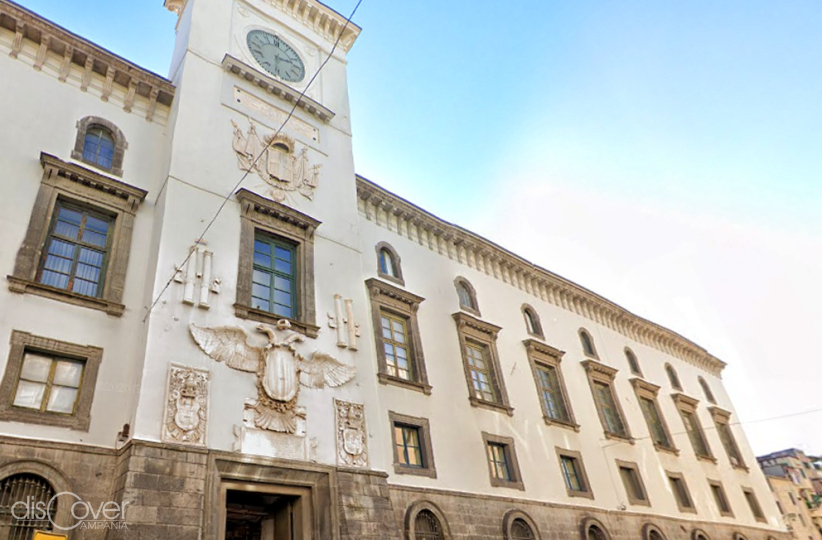And it kept its function as a palace until the construction of Castel Nuovo next to the sea, where the kings and the court moved. The oldest castle continued to host illustrious guests, including Francesco Petrarca in 1370. At the root of the dynastic conflicts between the Angevins and the Aragonese, it was stage of dramatic events such as lavish weddings. In 1535 the emperor Carlo V stayed there. In the viceregal period, don Pedro de Toledo transferred every organ related to the administration of justice. The basement was then used as a prison with adjoining torture rooms. And the building remained the seat of the court until the last century. Today its rooms are open to the public with the works of art that adorn them.





